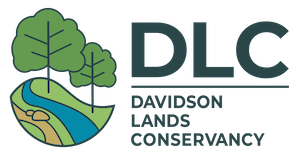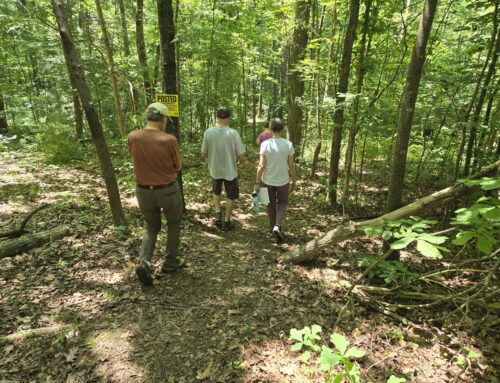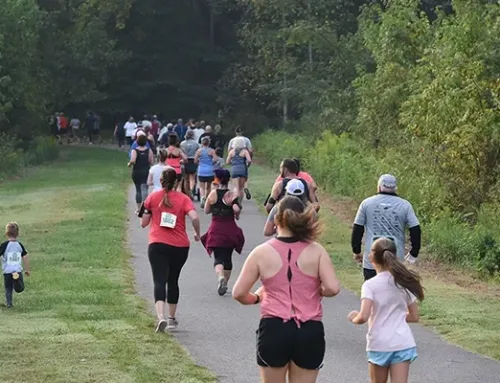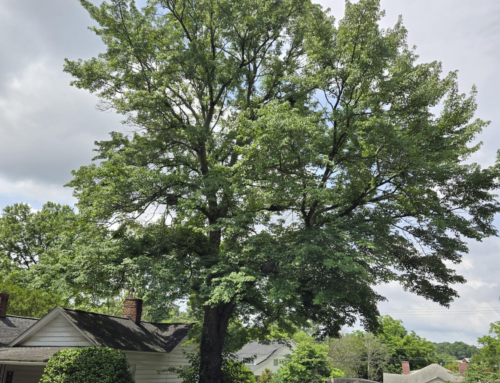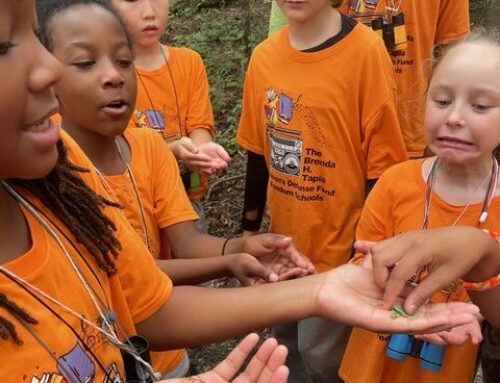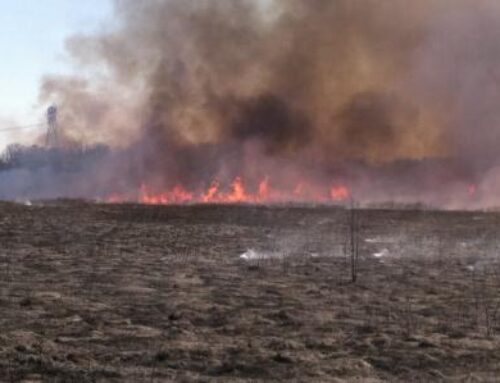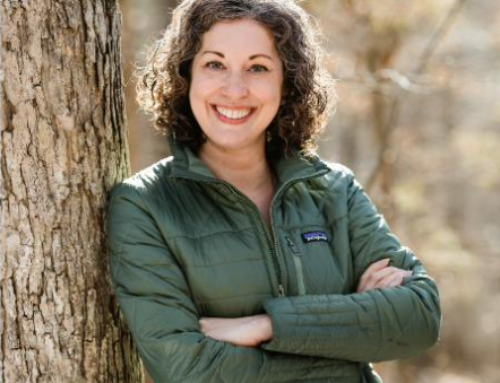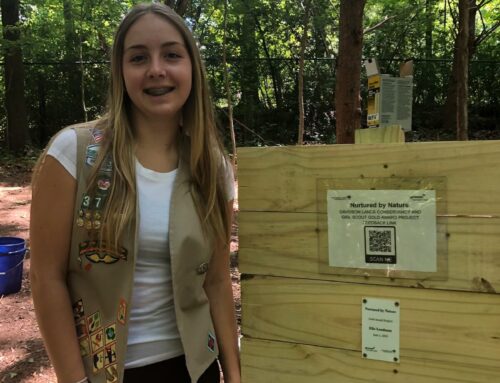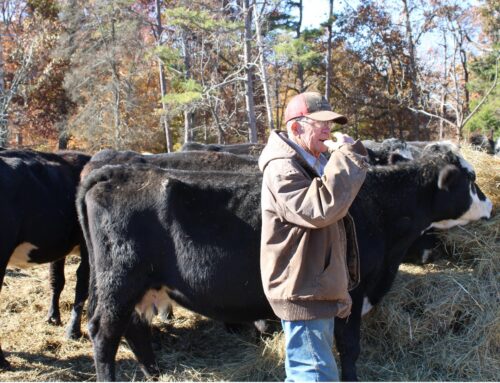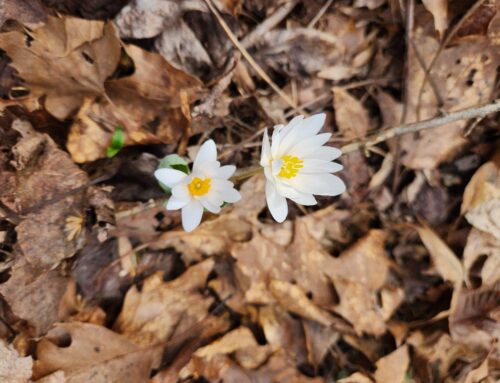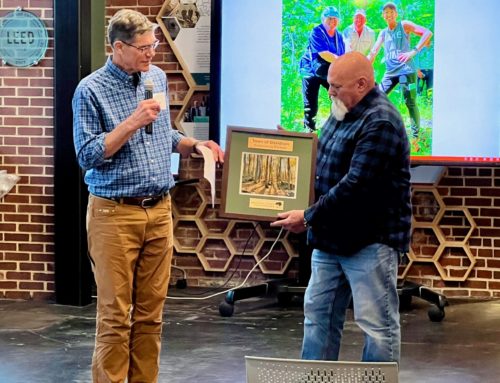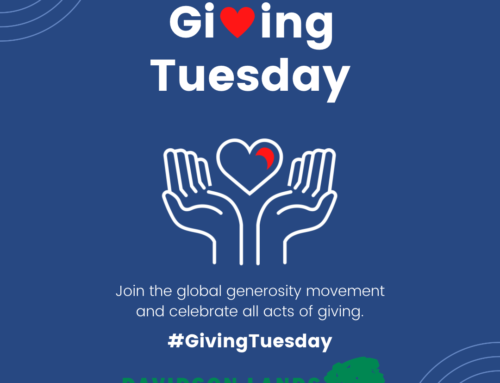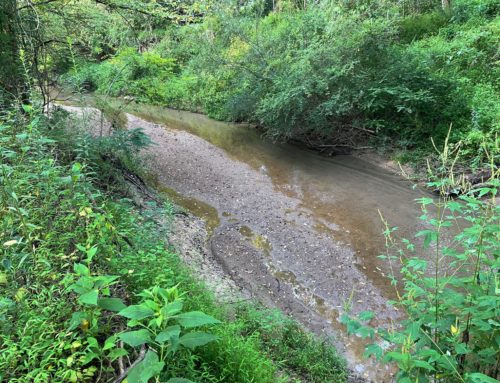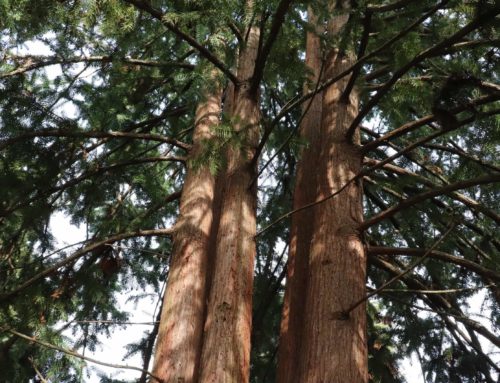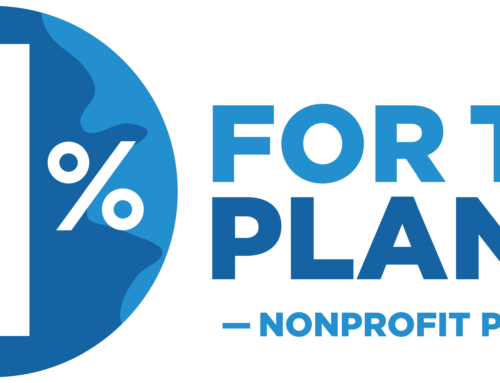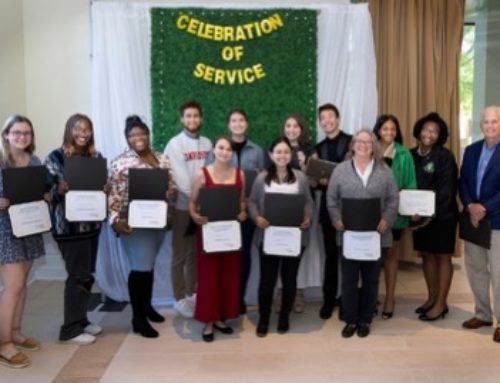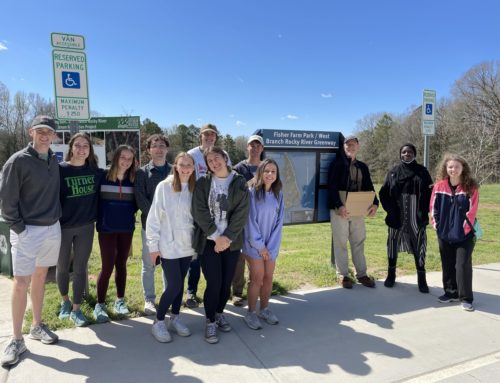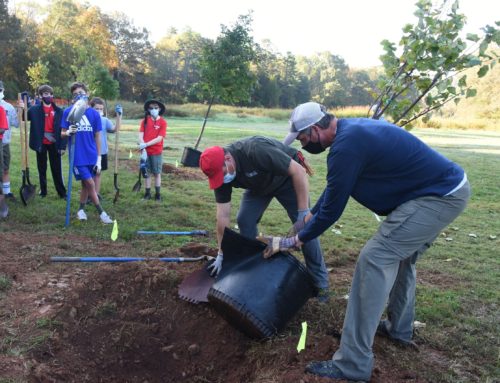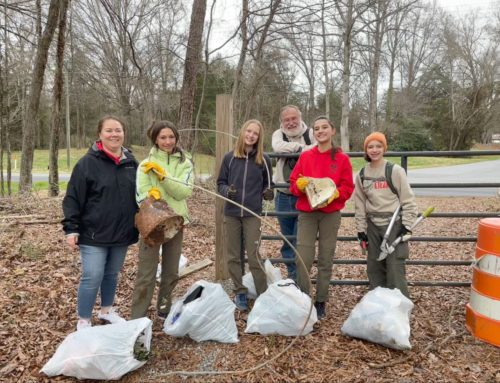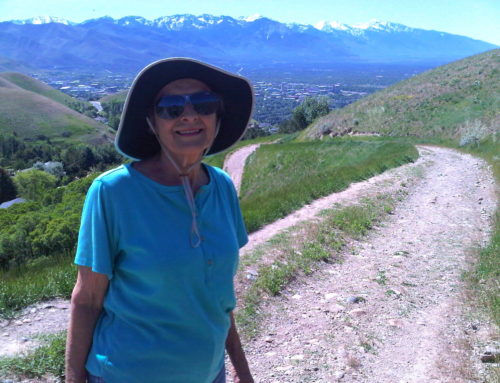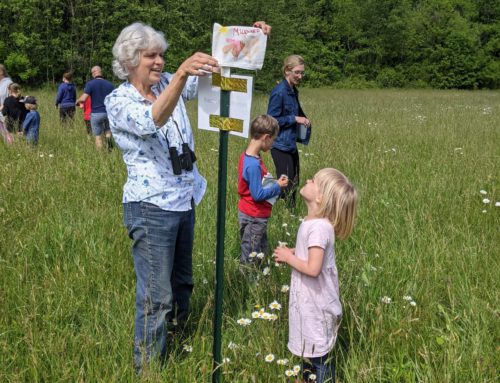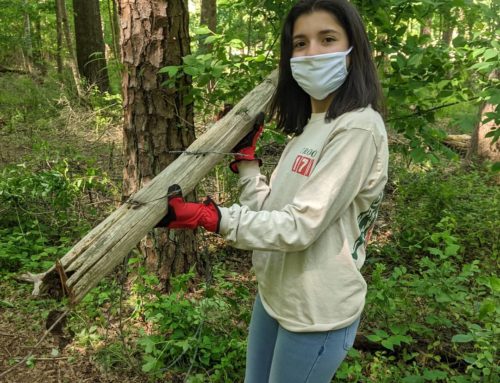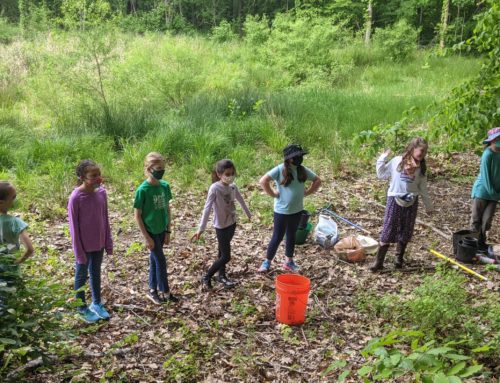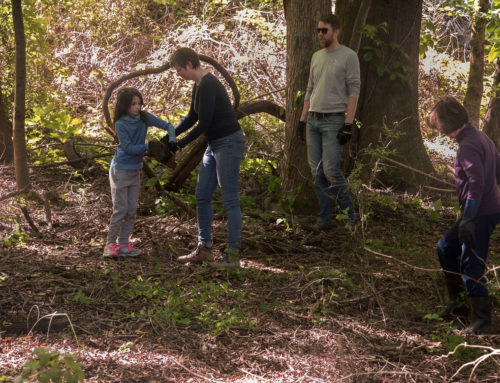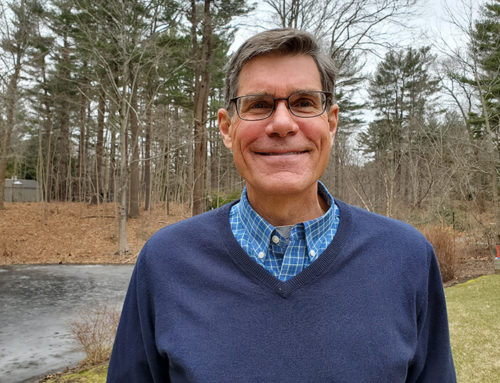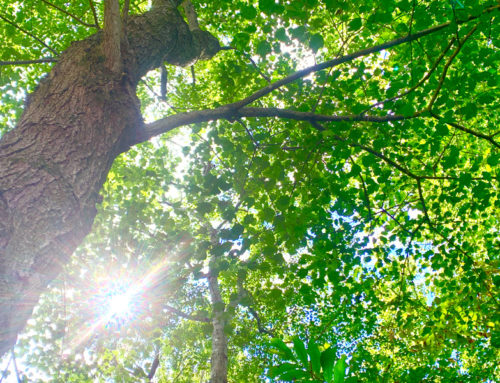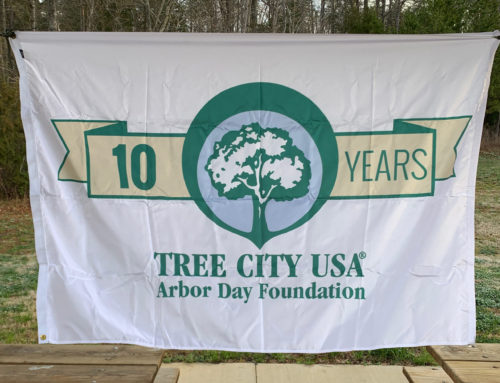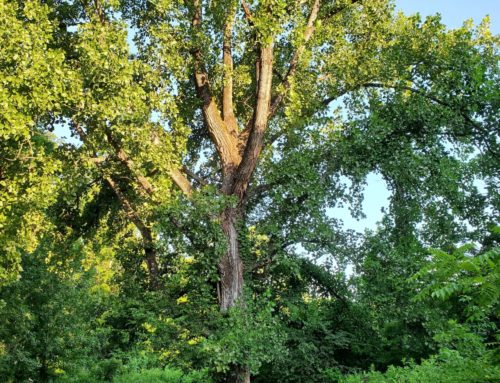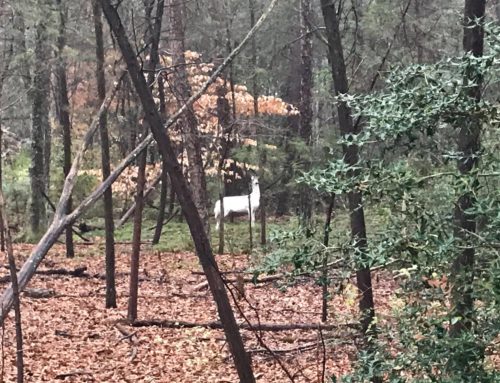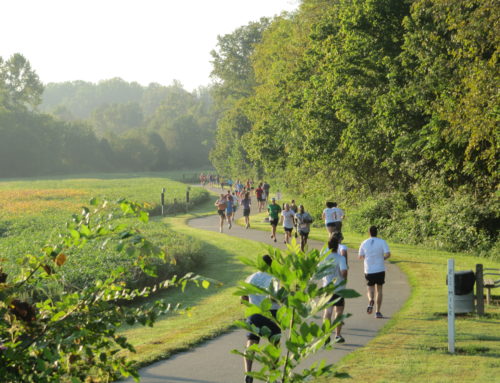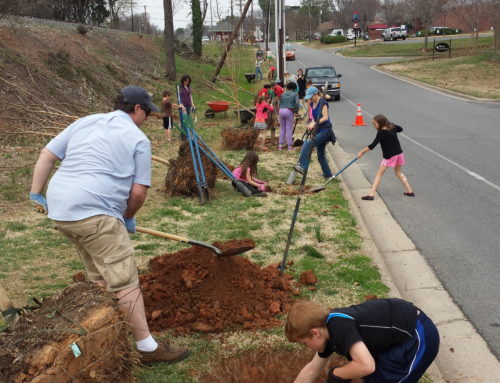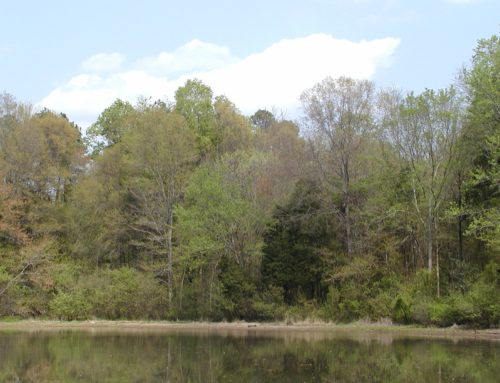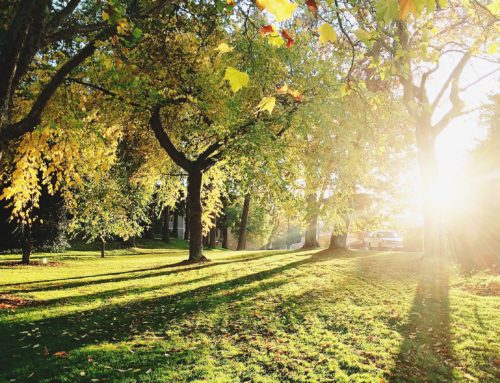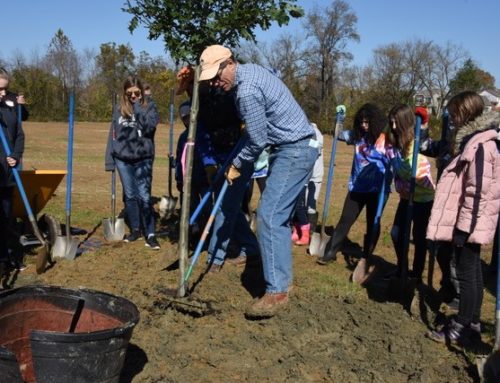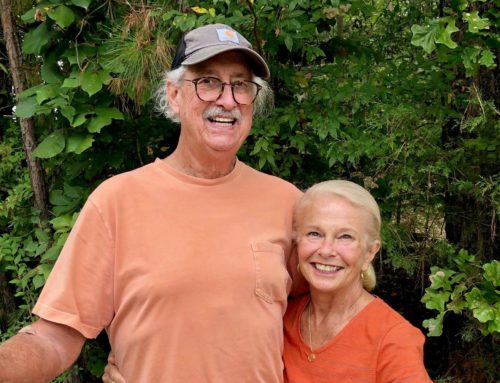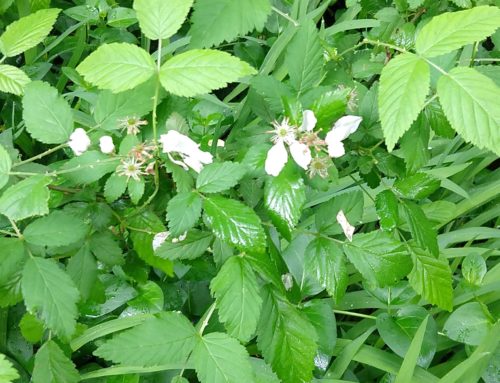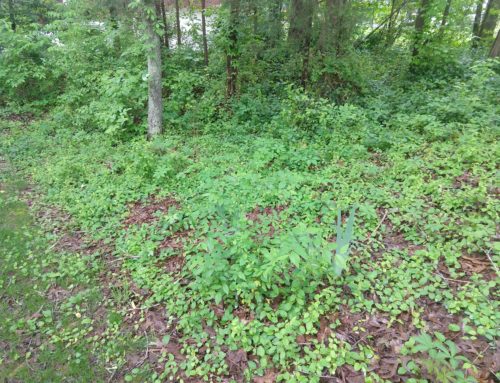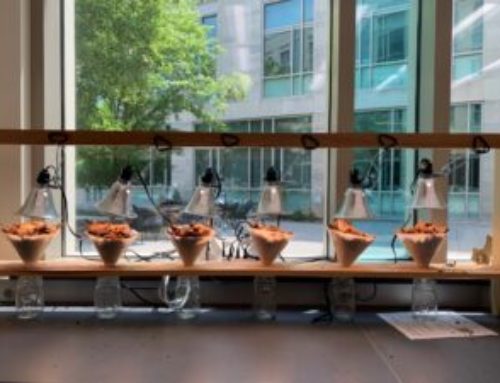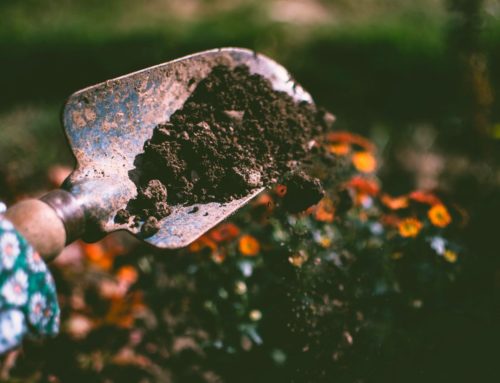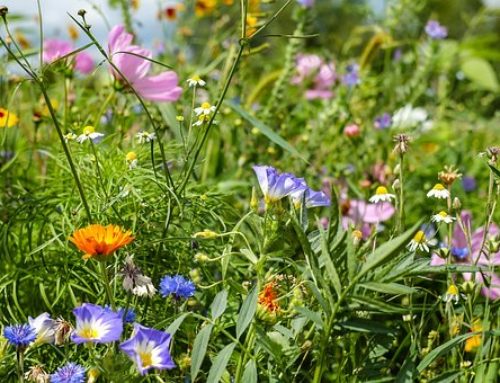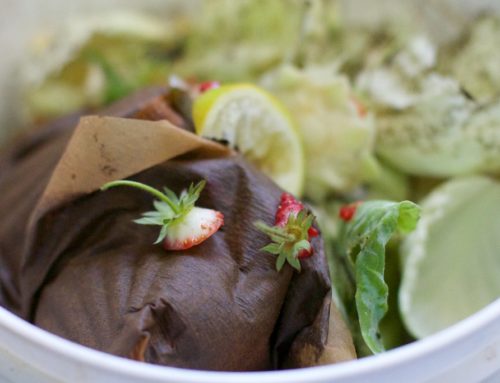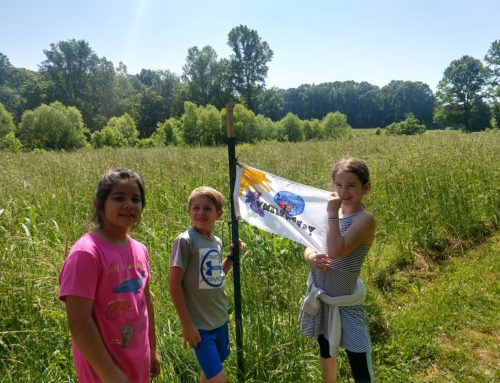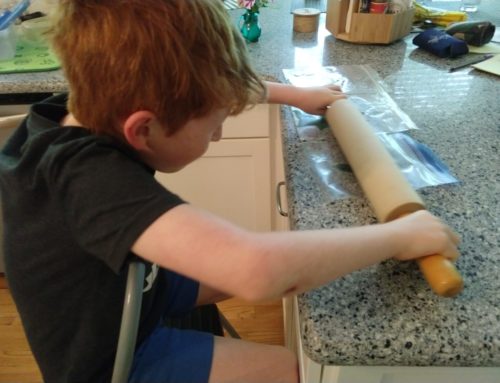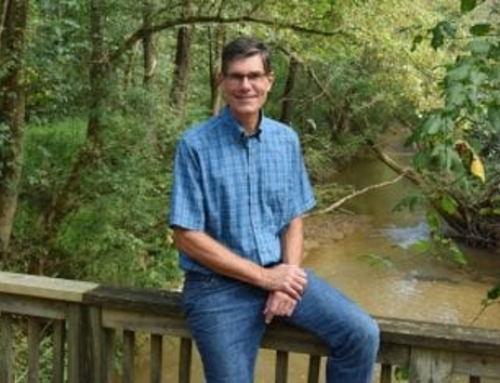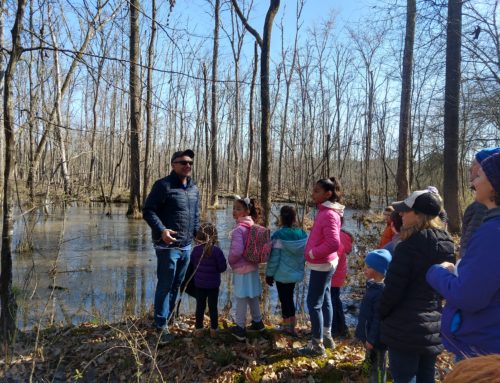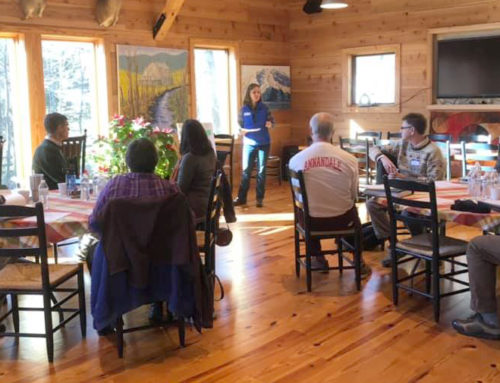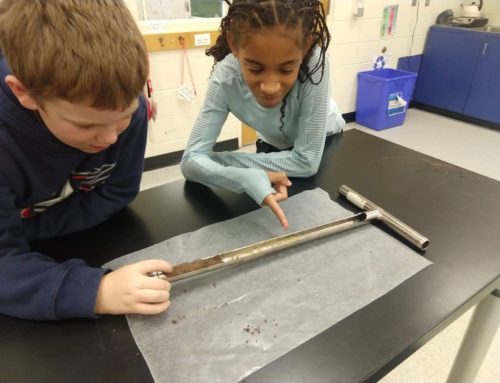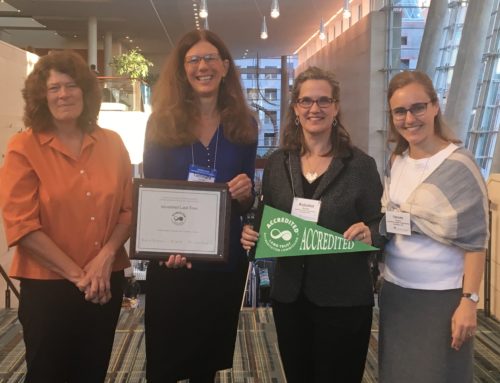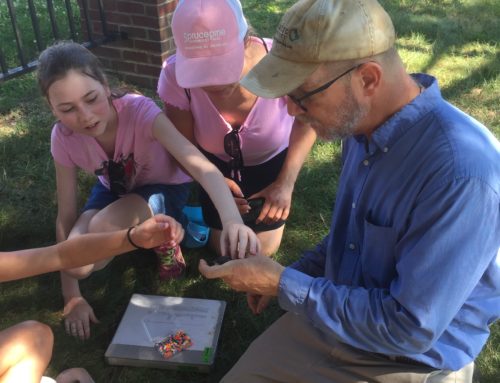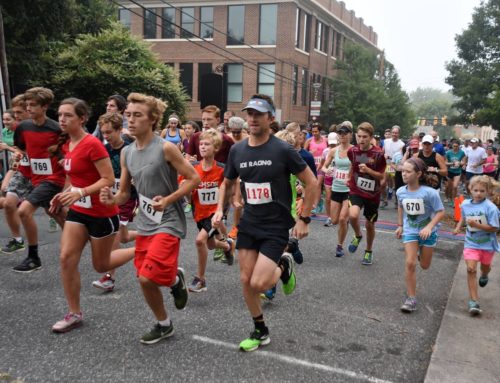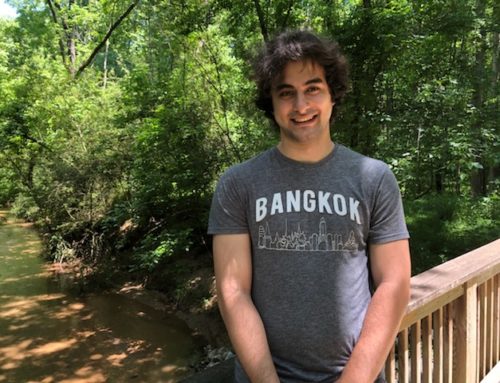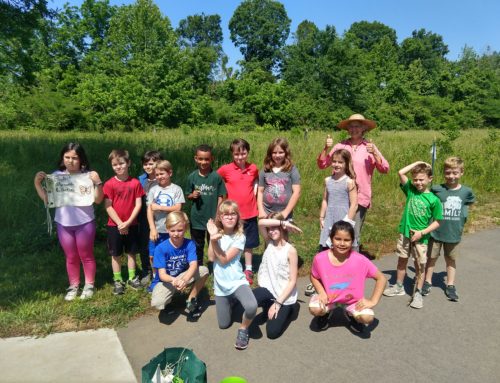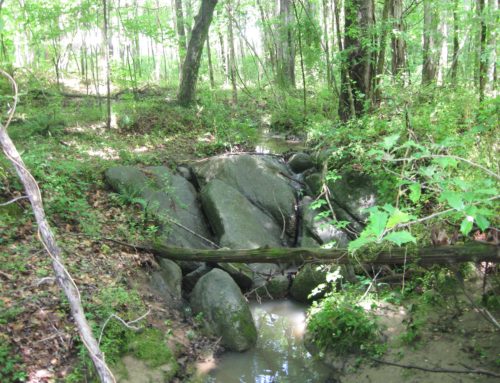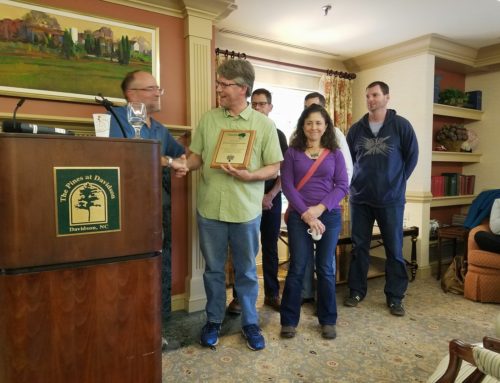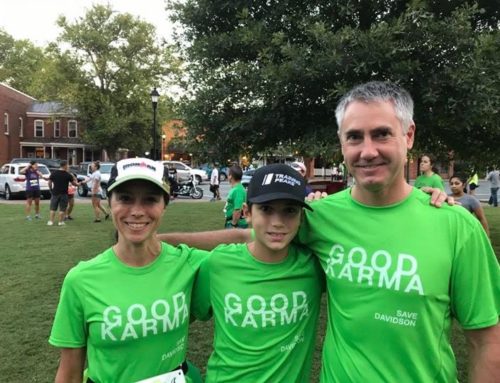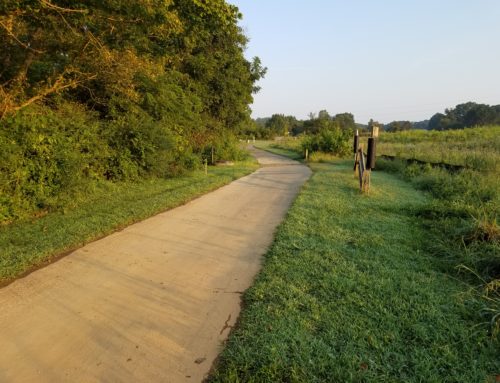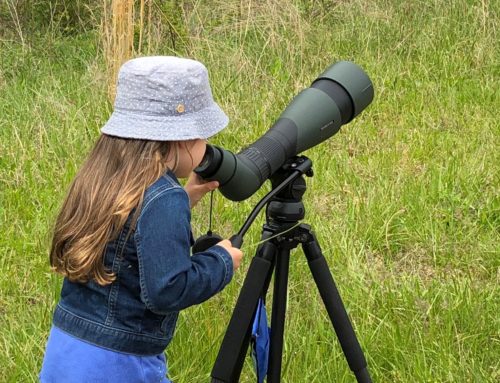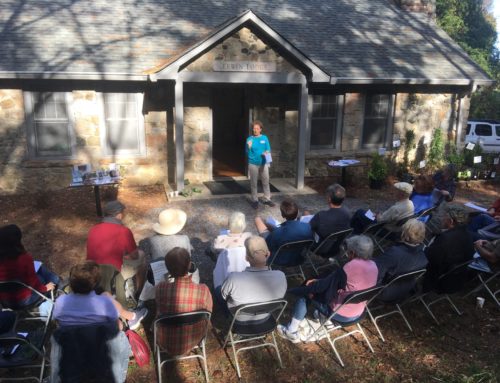Davidson Lands Conservancy hosted its 20th Annual Meeting—virtually—on December 6, bringing together board members, supporters, and conservationists.
Executive Director Dave Cable reported the Conservancy’s 2020 progress in areas of land conservation, land stewardship, urban forestry, greenways and trails, and wildlife corridors. He also summarized organizational changes to increase impact and efficiency. “With DLC’s focus on its guiding principles of collaboration, partnerships, education and action, we are poised for an exciting 2021 and beyond”, said Cable.
Honoring conservationists
Dave recognized and honored three local conservationists who passed away over the last year: Pat Peroni, Janet Wilson, and Colin Shaw. Each of these three was a committed conservationist who supported DLC and regional conservation in many ways.
New board members
Meeting participants also voted in a slate of DLC new board members, including John Griffith, Ed Harris, and Tom Shandley, in addition to Tom Watson for his second term.
Urbanization Threatens Water Quality
Rusty Rozzelle, Mecklenburg County’s manager of Storm Water Services, was the Conservancy’s guest speaker. Rusty summarized the natural and human history of our local streams, along with compelling evidence linking development and urbanization with water quality deterioration. He detailed the benefits of water shed conservation, referencing the successes of the Gar Creek conservation efforts.
More than 1.5 million people pull about 150 million gallons a day of water to supply communities in our region.
“By far and away the biggest threat to our area’s drinking water is the impacts of urbanization, including storm water runoff,” Rusty told the group. “In Davidson, pavement and roof tops cover about 20 percent of the town, or 856 acres, which produce about a billion gallons of runoff each year—enough to fill Panther’s stadium four times.”
Limiting and slowing runoff improves water quality, and natural lands do that best. There is a direct linkage between built areas and deteriorated water quality. Davidson’s increase in impervious surface area is among the highest in the County at 14.4%. Rusty emphasized that “land conservation in watersheds far exceeds all methods for controlling our key sources of pollution.” Treating the water after contamination removes only part of pollution.
